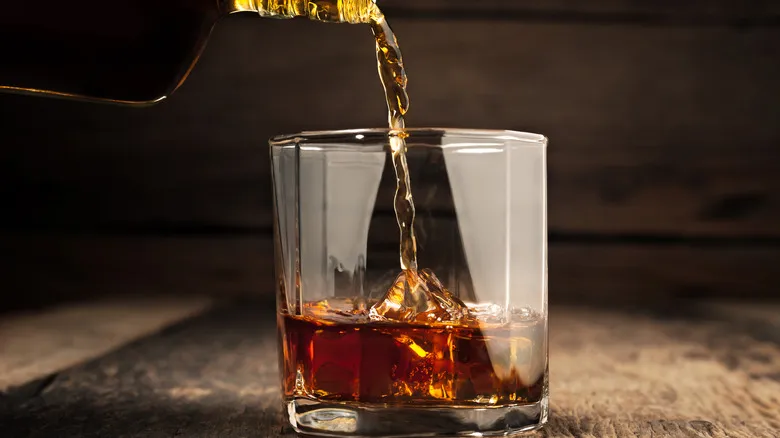The Old West was rife with rotgut
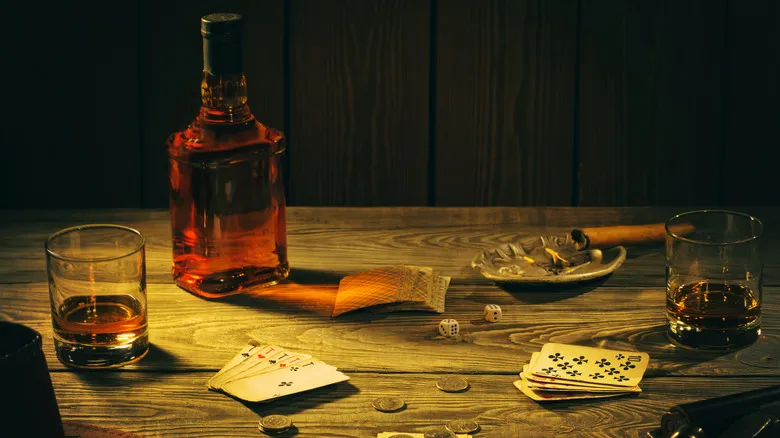
The term "rotgut," when used in relation to alcohol, has a rich history that dates back over 400 years to its roots in England, where it was originally linked to poor-quality beer. The term crossed the Atlantic to America, and by the mid-1800s, it became associated with whiskey, particularly bourbon. Like all whiskeys, bourbon is crafted from a blend of grains, yeast, and water, but it must contain at least 51% corn and be aged in new charred oak barrels to be classified as such. In the days before federal regulation of the liquor industry, especially in the frontier West, dishonest businesses falsely labeled their products as bourbon, when in reality they were simply grain alcohol mixed with harmful substances like creosote, strychnine, and even sulfuric acid.
The federal government began to take action against these fraudulent companies around the turn of the 19th century with the introduction of various new laws. However, the onset of Prohibition in the U.S. from 1920 to 1933 led to a ban on the production and sale of alcohol. As a result, whiskey, once regarded as merely cheap and unpleasant, became dangerously toxic.
Prohibition helped make rotgut whiskey deadlier

Although there were instances of lethal rotgut whiskey prior to Prohibition, the implementation of the alcohol ban led bootleggers to produce rotgut whiskey containing methanol, or wood alcohol, resulting in fatal consequences. In 1926, 750 individuals lost their lives in New York City due to wood alcohol poisoning, with estimates suggesting that as many as 50,000 people died nationwide during Prohibition, not accounting for others who were paralyzed or suffered other injuries. While not all rotgut was fatal, its often unpleasant taste spurred the creation of new cocktails. Many drinks we still enjoy today were developed during Prohibition to disguise the flavor of inferior alcohol, such as the Dubonnet cocktail, which mixes French fortified wine with gin.
In contemporary usage, "rotgut" refers to any inexpensive alcohol. However, not all budget whiskeys fall into the rotgut category. For example, several affordable bourbons, like those from Wild Turkey, Evan Williams, and Jim Beam, are genuinely worth trying. Additionally, there’s an American distillery that humorously named its whiskey "RotGut," which, given its price and the evident care in its production, is certainly a playful nod. Nevertheless, the issue of dangerous rotgut whiskey is not merely historical; there have been more recent incidents as well. In 2017, three individuals in China died from methanol-contaminated rotgut whiskey, and in 2024, over 50 people in India succumbed to methanol-laced alcohol, so caution is advised.
Recommended
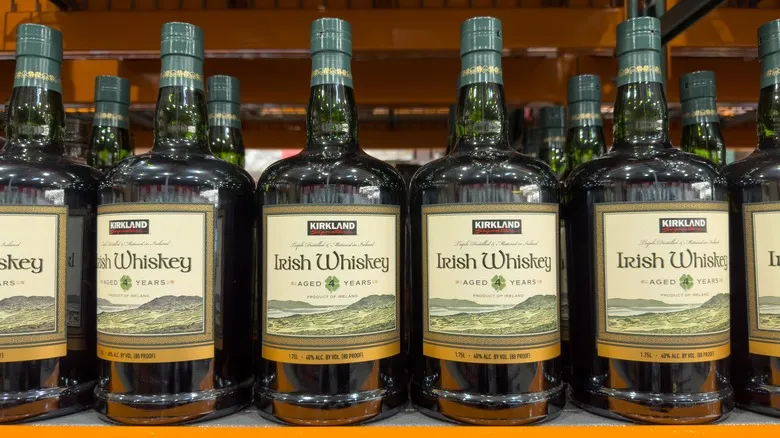
What Company Is Behind Costco's Kirkland Brand Irish Whiskey?
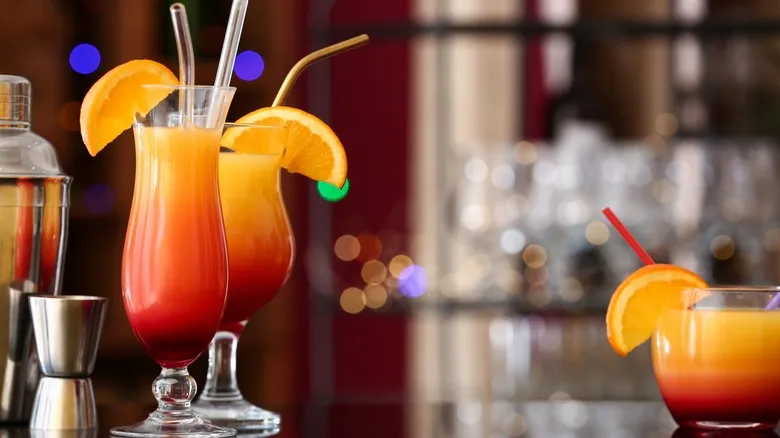
What's A Tequila Sunrise Vs A Tequila Sunset?
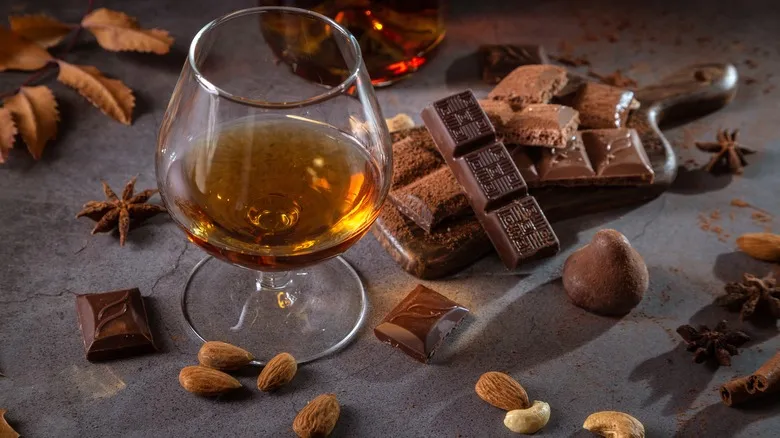
The Cognac You Should Order With Chocolate Desserts
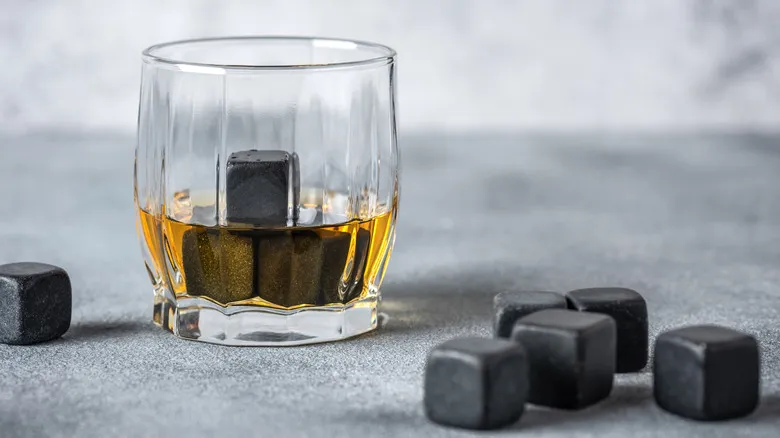
What Is A Whiskey Stone, And What Does It Really Do To Your Drink?
Next up

